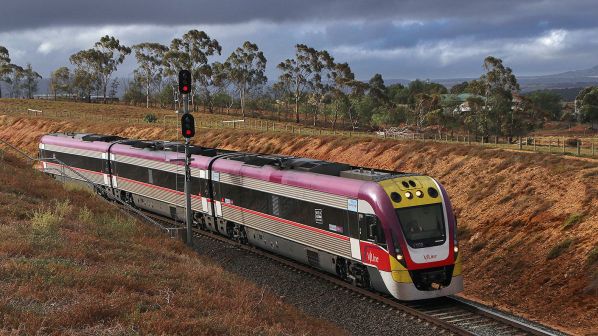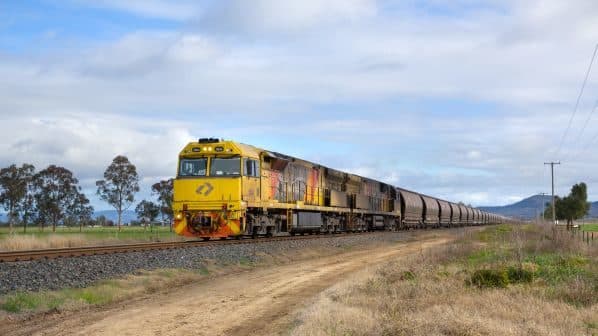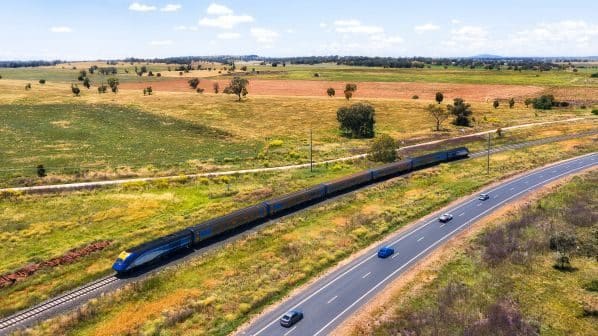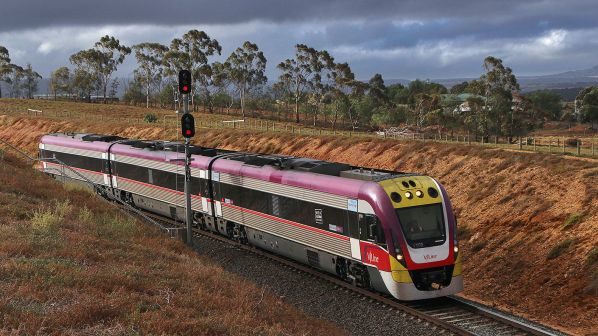THE Australian government has launched a world-wide search for a CEO to lead the country’s new High-Speed Rail Authority.
The authority, the board of which is chaired by Ms Jill Rossouw, started work in June to implement the government’s election commitment of establishing an authority to plan and develop a high-speed rail network along the east coast of Australia.
The CEO will be hired through a merit-based process with key criteria including high-level leadership experience and a demonstrated track record with complex transport related infrastructure. The appointment will be for a period of up to five years.
“Advertising for a permanent CEO is an important new step in progressing high-speed rail in Australia,” says federal transport minister, Ms Catherine King. “With all the moving pieces starting to take shape, the High-Speed Rail Authority continues to gain momentum, led by a team of rail and infrastructure experts.”
The CEO will work closely with the board and advise government on the planning, construction and operation of a transformational high-speed rail network, starting with planning preliminary work on the Sydney - Newcastle section, backed by a $A 500m ($US 329.3m) federal government commitment.
Industry vacancies
The search comes as a rail industry forum has been told that Australia urgently needs more women, young people and digitally-skilled workers to fill 70,000 industry jobs in that will support the planned expansion of the country’s rail network over the coming decades.
The Future Rail Skills Forum, held in Melbourne, was told that only one in 10 people training for roles in the sector are female and women represent fewer than one in four workers across the industry.
The forum was hosted by the National Transport Commission and the Australasian Railway Association.
National Transport Commission chief executive, Mr Michael Hopkins, says the investment recognised the importance of railways in serving a growing population and the need to cut carbon emissions from transport. But he said the gap between the number of workers in the rail industry and the amount required was substantial.
“We need to attract 70,000 more people into rewarding careers in rail and recognise people's skills from all backgrounds,” he said.
For detailed data on high-speed rail projects from around the world, subscribe to IRJ Pro.




